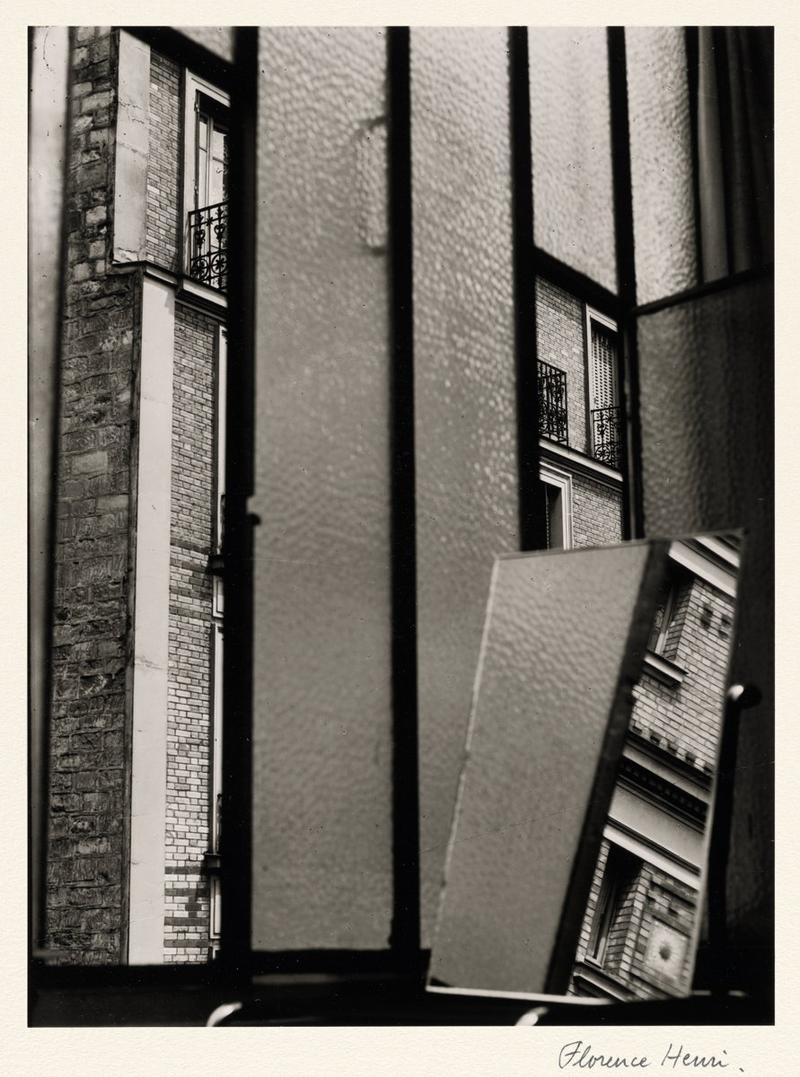More than just cubist inspired, formalist still-lives, Florence Henri’s brief but influential photographic practice (ca. 1928–1938) dove headfirst into the formalist modernism associated with the New Vision movement and into the questions of perception and reality raised by the photographic medium. Her use of mirrors as compositional devices disrupts perceptual certainty and locates her work in a fluid zone between photography and photomontage. The mirror, in Henri’s vocabulary, is at once a concrete object that frames and contains, and a hallucinatory surface that disrupts and refracts. This essay explores the modalities of the mirror, expanding our understandings of the limits of retouching and montage.

Florence Henri, Fenêtre, 1929, tirage argentique, 37,3 x 27,5 cm. Los Angeles, Getty Museum.© Galleria Martini & Ronchetti, courtoisie Archives Florence Henri
Sabine Kriebel is author of Revolutionary Beauty. The Radical Photomontages of John Heartfield (2014) and several articles and book chapters on photomontage and photography. She is currently writing a book that reconsiders the Neue Sachlichkeit movement of the 1920s, and which includes chapters on Florence Henri, Christian Schad, Otto Dix, and Germaine Krull, among others. She is affiliated with the University College Cork, Ireland.
Keywords: Florence Henri, Jacques Lacan, New Vision, suture, psychoanalysis and subjectivity
Citation: Sabine Kriebel, « Florence Henri Composit/ion », Transbordeur. Photographie histoire société, no. 7, 2023, pp. 28-37.